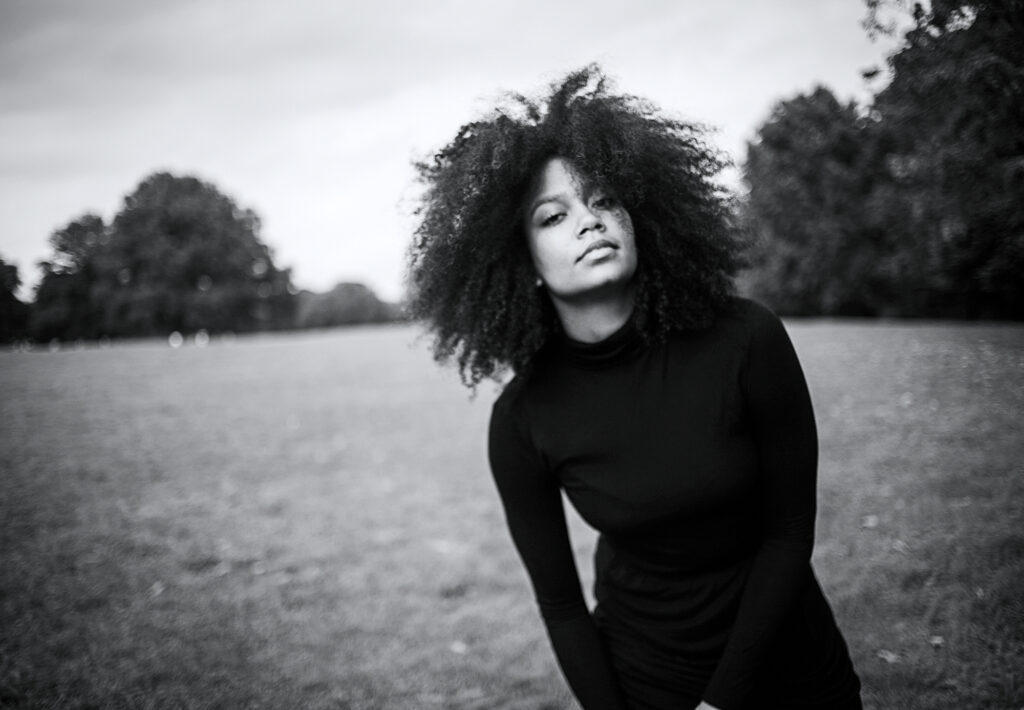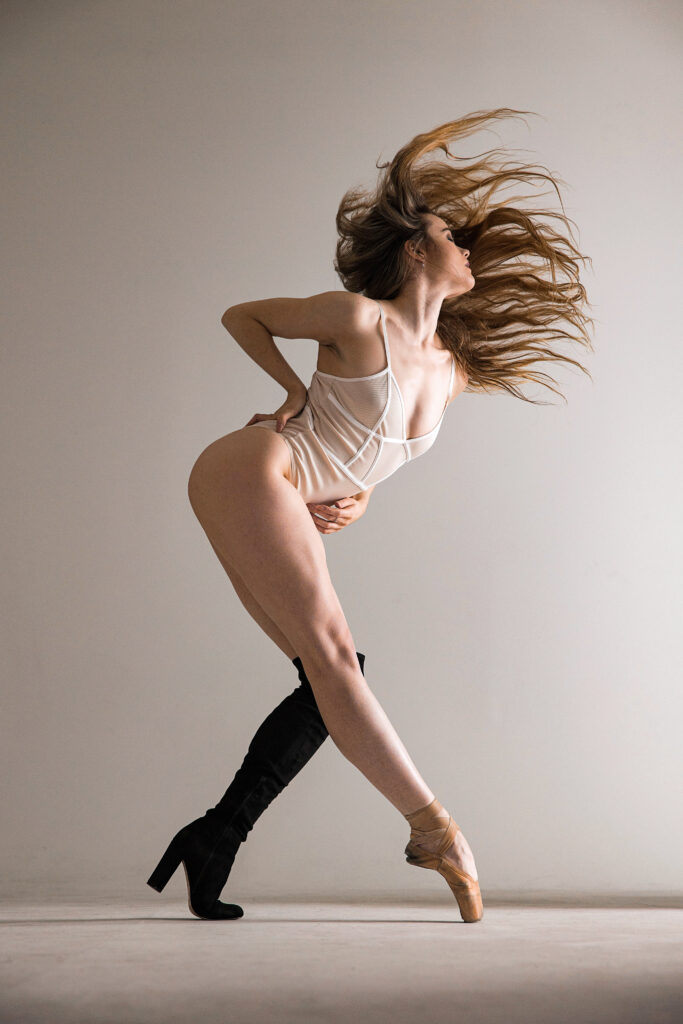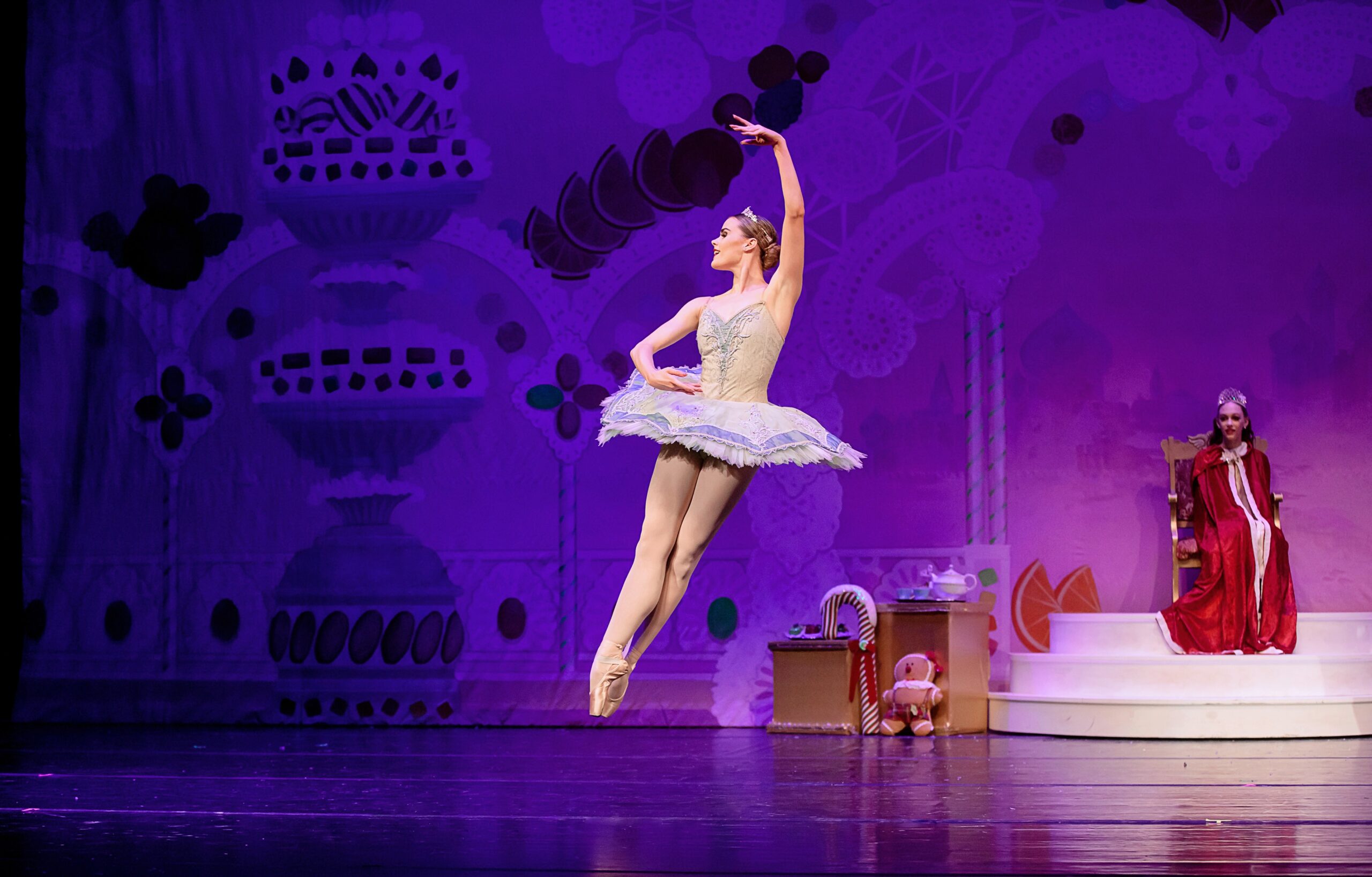How to Become an Arts Multi-Hyphenate
Rachel Watson-Jih has always been drawn to storytelling. Even as a dance major at University of North Carolina School of the Arts, she gravitated toward works that asked her to flex different creative muscles. “If there wasn’t an acting element in the dance, the choreographer lost me,” she says.
After moving to New York City in 2012, Watson-Jih apprenticed with Camille A. Brown & Dancers, performed in work by Mark Dendy and joined Company SBB. In addition to steadily pursuing dance, she’s had success as an actor and model, booking campaigns with Thinx and Coach and acting in the world premiere of the play Eve’s Song at the Public Theater.
Between classes, rehearsals and auditions, a dance career can seem all-consuming. What does it take to become an arts multi-hyphenate? A healthy amount of initiative, a willingness to train and work in new ways, and an understanding of how the same skills honed in the studio can be valuable in other fields.

Overlapping Skills
A dance background provides a number of transferable skills, rooted in kinesthetic knowledge. “When I’m on set, the second the photographer knows I’m a dancer, it’s a whole different ball game,’” says Watson-Jih. “I’m able to really play, to use the camera as a dance partner.”
Whether onstage or on camera, dancers’ precise awareness of how a body—in motion or still—reads to an audience makes them versatile and creative as models. “Especially when it comes to e-commerce, they have to get the shot quickly,” says Watson-Jih. “I relate it to ballet, with its intricacies and precision. It’s all connected to this awareness you have of what your body can do. You can explore what a simple movement of the eye changes, or the difference in the tilt of your head or shoulder.”
Silken Kelly, who has danced with Rock the Ballet and founded her own company, Contingent Ballet, agrees: “We’ve trained in the studio to make sure we look a certain way from the front, and that translates so easily to a modeling or acting career.” Kelly has modeled for Pottery Barn, Shake Shack and Kiehl’s, and she’s acted in the Hallmark movie Sugar Plum Twist.
An Agent’s Support

Both Watson-Jih and Kelly have signed with talent managers, which helps in securing work outside of the concert-dance world. “With a talent manager, I was able to meet people, get into auditions and book jobs,” says Watson-Jih. “With that help, I could choose the things that I wanted to do.” The process of finding an agent might look different from one person to the next, but generally, Kelly says, you’ll need to send portfolio materials—headshots, a reel and a resumé—to agencies in the hope that they’ll reach out to you to see if you’re a good fit.
Continuing to Learn
Just as dancers take class regularly, actors and singers need to be disciplined and diligent about continuously refining their skills as well. Be ready to unlearn some things, too. “You already know how to perform in a specific way,” says Kelly, “but you need to be willing to try new things. And be ready to feel foolish!” Watson-Jih recommends taking acting classes or workshops, or even finding a friend who’s a photographer and learning what your best angles for photographs are.
Try Everything
When working with Camille A. Brown, Watson-Jih asked her advice about which path—acting, modeling, dancing—she thought Watson-Jih should pursue. Brown’s advice surprised her: “She said, ‘Rachel, just do everything. Choreograph. Dance with a company. One day, your path will start to become clearer and clearer. One or two things will start to blossom more, and that will take you to your next chapter.’ ” Watson-Jih has taken Brown’s advice to heart. In addition to modeling and acting, in 2016 she founded the Blue Morph Collective, an interdisciplinary arts collective with a focus on storytelling, and recently she created a YouTube channel focused on mindfulness and meditation.




